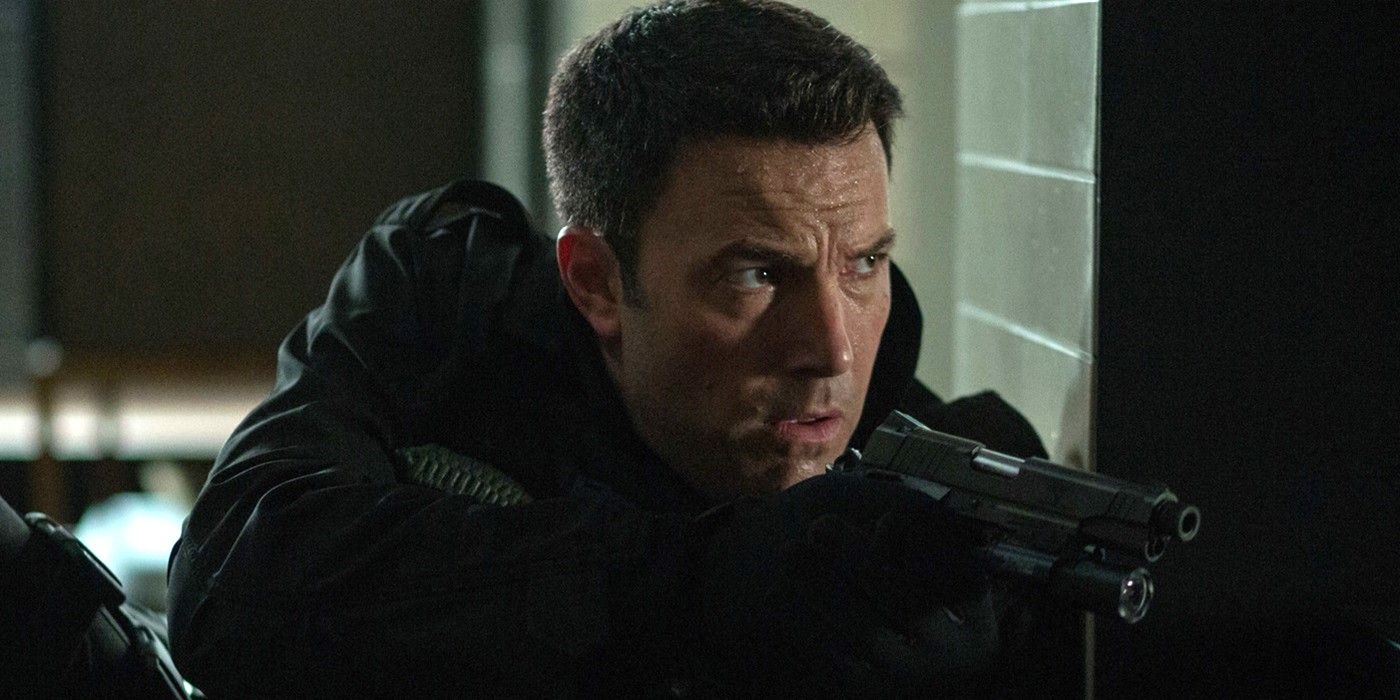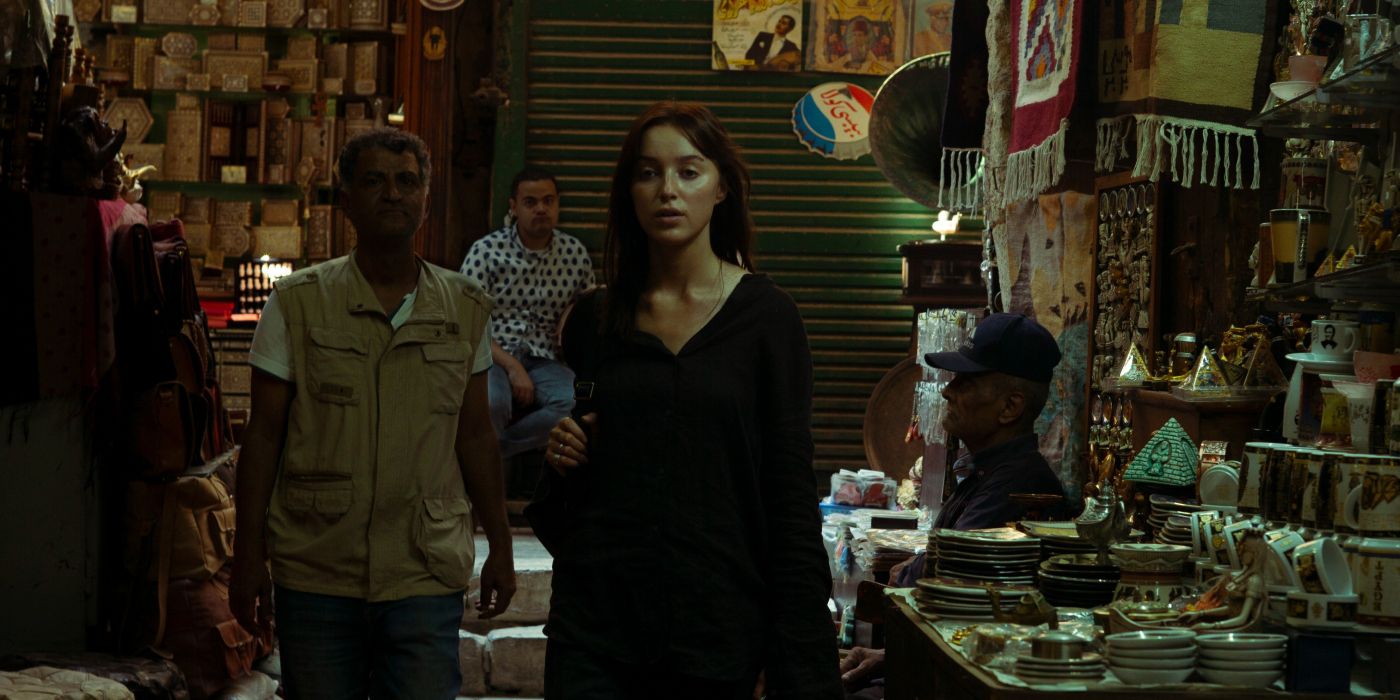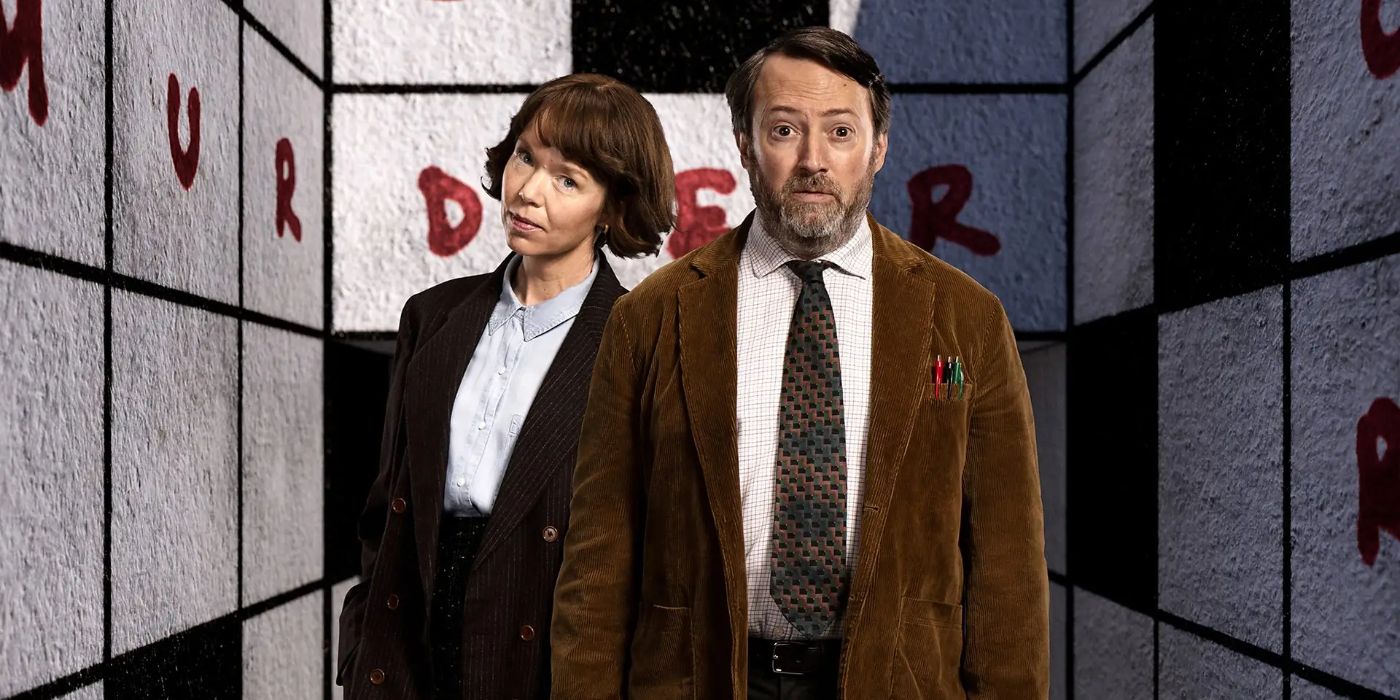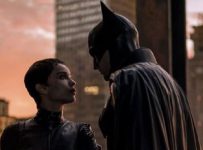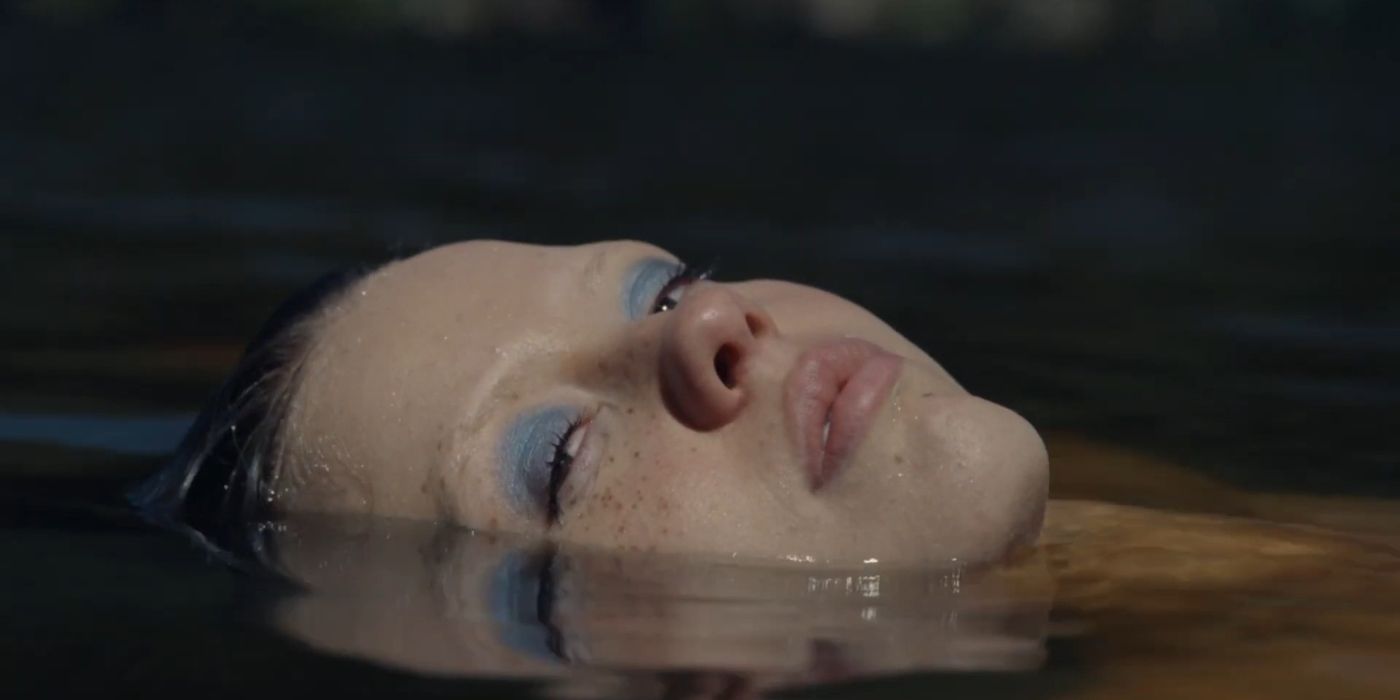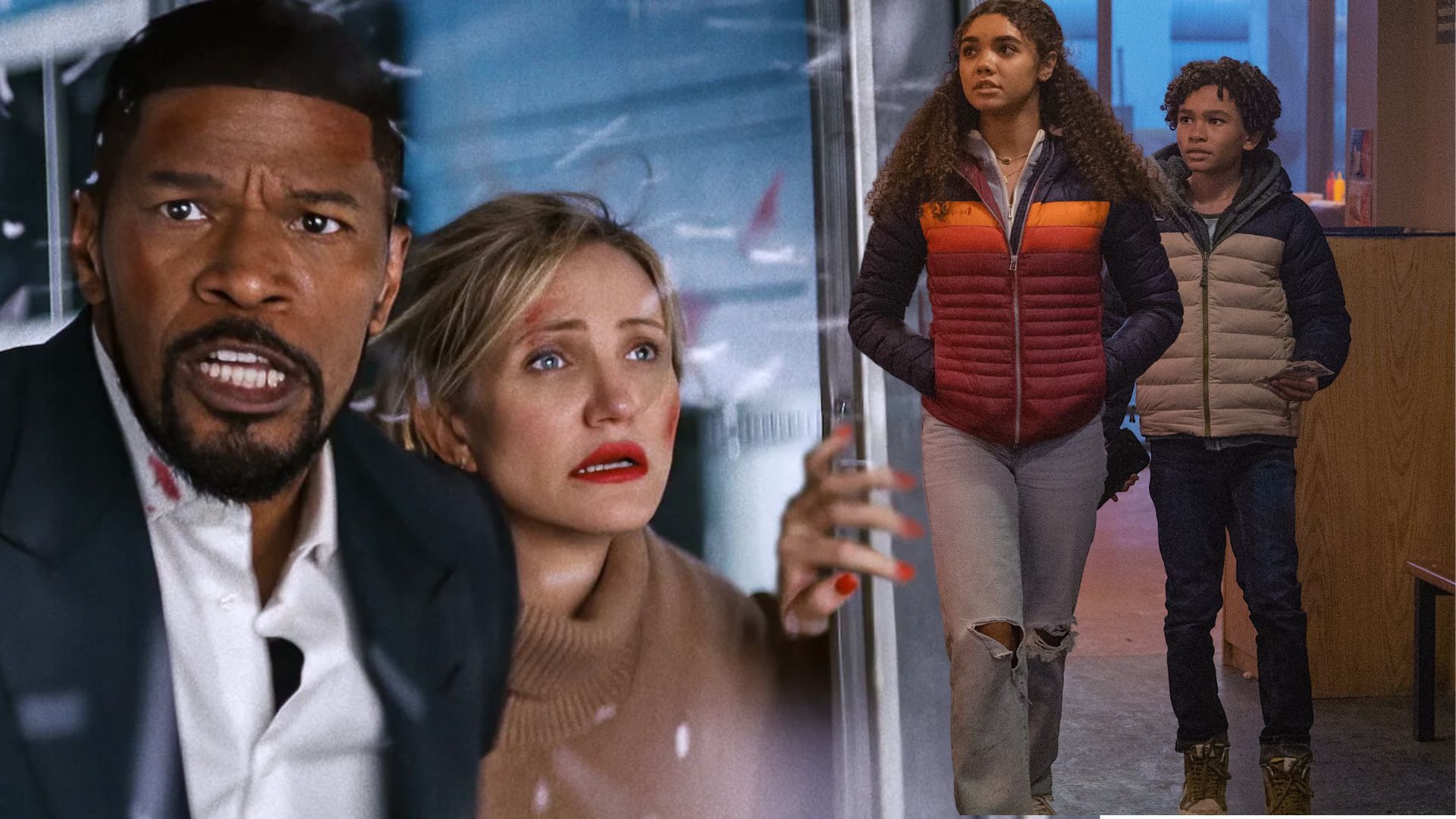When I was about 10, I was gifted with a copy of a book entitled Special Effects in the Movies by John Cuhane that, long before the days of DVD extras, showed how the most seemingly complicated visual effects—ranging from Kermit the Frog riding a bike in “The Muppet Movie” to the axe in the face in “Friday the 13th.” The book was divided up into various sections and when it came to the section dedicated to futuristic films, one of the most notable names was that of Douglas Trumbull, who only had a few credits to his name at that point but who was already a legend for his contributions to some of the most famous sci-fi films ever made. Like many movie-mad kids around my age, I would remember that name and when it would turn up in the credits, one could be confident that, regardless of the quality of the film as a whole, they were about to see sights that they had never before imagined, except possibly in their own dreams. Now Trumbull has passed away at the age of 79, reportedly in the wake of a bout with cancer, a brain tumor and a stroke, but while he may be gone, his accomplishments as one of the absolute legends in the field of visual effects will live on for as long as people are still around to talk about movies.
He was born in Los Angeles on April 8, 1941, the son of Donald Trumbull, an artist and mechanical engineer who helped to create the special effects for “The Wizard of Oz.” He originally thought about becoming an architect but eventually used his facility for creating photorealistic art to secure a job at Graphic Films, a graphic artist studio which at that time was producing short films for NASA, the Air Force and the 1964 World’s Fair in New York. It was the latter project, a short film about space flight entitled “To the Moon and Beyond,” that caught the eye of Stanley Kubrick, who was just beginning to work on a top-secret project revolving involving space exploration and hired the firm to help provide visual effects. When Kubrick decided to shift the production base for the film, “2001: A Space Odyssey,” to London, he halted the contract with Graphic Films but Trumbull had become so fascinated with the possibilities of the project that he convinced Kubrick to rehire him and went to London to continue working on it.
Originally set to design the various animations seen on the computer screens throughout the film, Trumbull’s responsibilities grew right along with the film’s scope and he would eventually be named one of its four visual effects supervisors. His greatest contribution to the film would be the “Stargate” portion, the mind-blowing sequence in which astronaut Dave Bowman (Kier Dullea) is transported through the cosmos in an orgy of wild colors and strange landscapes. Trumbull accomplished this task by taking the basic techniques of slit-scan photography—a process originally utilized to create blurriness in photographic images—and adapting them with the help of custom-built machinery. The film would, of course, go on to become hailed as a masterpiece and this sequence to this day is cited as one of the reasons why—even those who were utterly baffled by the film as a whole were stunned by the visual beauty and spiritual grace that Trumbull managed to conjure up to visualize mankind’s journey into the unknown. Personally, I know that when I shuffle off of this mortal coil, I want a portion of my ashes to be sprinkled into the projector beam at a movie theater showing the film doing this part—in 70MM, of course—because while I have no firm belief in the existence of an afterlife, I’d like to believe that what Trumbull conceived is a good representation of what is to come.
Although “2001” would win the Oscar for Visual Effects, the actual prize went to Kubrick himself and Trumbull returned to America to set up his own effects shop. After working on the opening and closing sequences for the bizarre sex satire “Candy” (1968) and doing effects for the screen adaptation of Michael Crichton’s sci-fi thriller “The Andromeda Strain” (1971), Trumbull was given the chance to make his own low-budget sci-fi project, “Silent Running” (1972). In the future world posited in the film, an astronaut (Bruce Dern) is residing in space tending to Earth’s last trees, kept inside giant geodesic domes, when he is given the order to destroy the trees and abandon the mission. Instead, he takes control of the ship and tries to escape pursuit while keeping his beloved trees alive with the aid of a trio of robot drones. The resulting film was visually stunning, especially considering the fact that it was made for relatively little money, but it was a bit chilly and dramatically inert and it did not do well at the box office, though the sincere environmental message would lead to it becoming a cult favorite in the years to come.
In the years following the release of “Silent Running,” he attempted to set up a number of film projects that he hoped would allow him to explore the kind of large-scale immersive effects that he created for “2001” via a process dubbed “Showscan” that involved 70mm film projected at 60 frames-per-second. He wasn’t able to get it launched, partly because the large theaters required to make maximum use of the process were beginning to be phased out and replaced with multiplexes, and he went back to supplying effects for other people’s projects.
Although previous commitments forced him to turn down an offer to provide effects for “Star Wars,” he was able to contribute some to “Close Encounters of the Third Kind” and was rewarded with his first Oscar nomination. He then formed Future General, an effects house funded by Paramount Pictures, and was asked to provide the visual effects for the studio’s upcoming sci-fi behemoth, “Star Trek: The Motion Picture.” Unexpectedly, he turned them down in order to focus on completing “Close Encounters” and getting Showscan off the ground. The studio did not take this too well, practically shutting down the entire enterprise (pun possibly intended), but when the hired effects team failed to produce anything, Trumbull agreed to take over what would be a rush job (there was less than a year before the film’s unmovable release date) and managed to pull off the seemingly impossible task. Although the film was largely dismissed at the time for being a bore (thought its reputation has improved in recent years thanks to a re-edit that helped to eliminate the pokiest moments), the effects were among the few things that were praised (especially the slit-scan style visuals depicting the jumps to warp speed) and Trumbull received his second Oscar nomination.
Although Trumbull by this time had vowed not to work with other filmmakers and to concentrate on his own projects, he made an exception for “Blade Runner” (1982) in order to work with rising filmmaker Ridley Scott and to use his talents to create visuals that were not dominated by shots of enormous ships floating through space. Instead, he helped to create the film’s grungy vision of a polluted and dystopian Los Angeles in the not-too-distant future of 2019, most notably in the stunning opening shot of the city’s skyline that helped to immediately establish its unique and enormously influential look. Although Trumbull would leave the project about halfway through its production, his contributions would be lauded, even if the ahead-of-its-time film as a whole wasn’t, and it would land him a third Oscar nomination.
Trumbull left “Blade Runner” at an agreed-upon time so that he could direct his second feature film a project that was designed to serve as the ultimate showcase for his Showscan process. This was “Brainstorm,” a thriller in which a team of research scientists (including Christopher Walken, Natalie Wood and Louise Fletcher) create a virtual reality-style interface system capable of recording the physical and emotional sensations of the person wearing it directly from their brains and allowing others to play those recording and experience those exact same sensations for themselves. Perhaps inevitably, the people funding the research are keen on getting their hands on the system in order to learn how it can exploited for darker purposes by the military. When one of the researchers has a heart attack while using the machine and ends u p recording her own death, her colleagues come back together to keep the machine out of the reach of the military and to play the recording and experience the answer to that most unknowable of questions—what happens when we die?
The production of the film would prove to be an extraordinarily jinxed one. Although designed to serve as the ultimate demo for Showscan—the process would be utilized for the sequences involving the use of the machine while the rest would be presented normally—theater owners rebelled at the idea of spending money to purchase the new equipment required to make it work and the studio finally backed out of their agreement to produce it that way. As a compromise, Trumbull shot the sequences with the device in the Super Panavision 70 widescreen process and the rest in a more conventional aspect ration and in 35mm. This did give a vague approximation of what Trumbull intended—especially if you were able to see it on the big screen in 70mm—but it left those who knew the full history of the project wishing for more. Actually, they were lucky to see it at all because when co-star Natalie Wood drowned in 1981 during a production break, MGM initially elected to shut down production, even though Wood had completed all of her major scenes, and considered pulling the plug for good until interest from other studios finally convinced them to stick with it. However, when the film finally emerged in 1983, it was only released in a small number of theaters and bombed at the box-office. Like “Silent Running,” it is a bit chilly and the fact that Wood’s last film revolves to a large degree around death is hard for a lot of people to work around. Nevertheless, the film is still kind of intriguing for how it was able to offer glimpse of what technology would have in store in real life a couple of decades down the road and the effects, diluted as they may have been, were undeniably impressive.
By now completely disenchanted, Trumbull essentially turned his back on the film industry, relocating to Massachusetts and began developing new technologies for use in a number of different areas. He helped to create the celebrated “Back to the Future” ride at the Universal Studios Theme Park and for many years, a ride utilizing the Showscan process was a featured attraction at the Luxor Hotel in Las Vegas. For a time, he served as the Vice Chairman of IMAX and in 2010, he debuted a video online depicting an invention designed to help cap the massive British Petroleum oil spill that was never used. Around this time, he was lured back into the world of film when Terrence Malick approached him about doing some visual effects for “The Tree of Life.” He would go on to serve as an effects consultant on the film, which would eschew CGI for the more organic and hand-crafted processes that he employed on films like “2001” and “Close Encounters.” Around this time, the high frame rate process that had long fascinated finally began to interest Hollywood and Trumbull at one point announced that he was working on a new project that would take full advantage of the process at last. However, that was never made and his final film projects would see him providing the special effects and executive-producing the oddball 2018 cult favorite “The Man Who Killed Hitler and Then the Bigfoot” and serving as the subject of the documentary “Trumbull Land” (2018).
Although Trumbull failed to win any of the competitive Oscars that he was nominated for throughout his career, he did receive two special awards from the Academy—a Scientific and Engineering Award in 1993 for the creation of the Showscan Camera System and the Gordon E. Sawyer Award in 2011 for his contributions to the industry. He would also receive the Lifetime Achievement Award from the American Society of Cinematographers, the Georges Meiles prize from the Visual Effects Society and was inducted into the Science Fiction Hall of Fame in 2010. More important than any prizes, his creations would go on to inspire generations of moviegoers who, knocked out by the images he was able to conjure up that continue to impress, would go on to develop a fascination with filmmaking, in many cases going on to create their own inspired visions as well. And yet, even with the ever-growing advances in technology, it seems unlikely that any of them will be able to top his contributions, moments of pure cinematic poetry that continue to dazzle the eye and stir the heart to this day.
(Photo Credit: Julian Herzog)
You can view the original article HERE.

